The Legend of Zelda: Tears of the Kingdom and the Weight of Innovation
A story that can't keep pace with the innovative gameplay
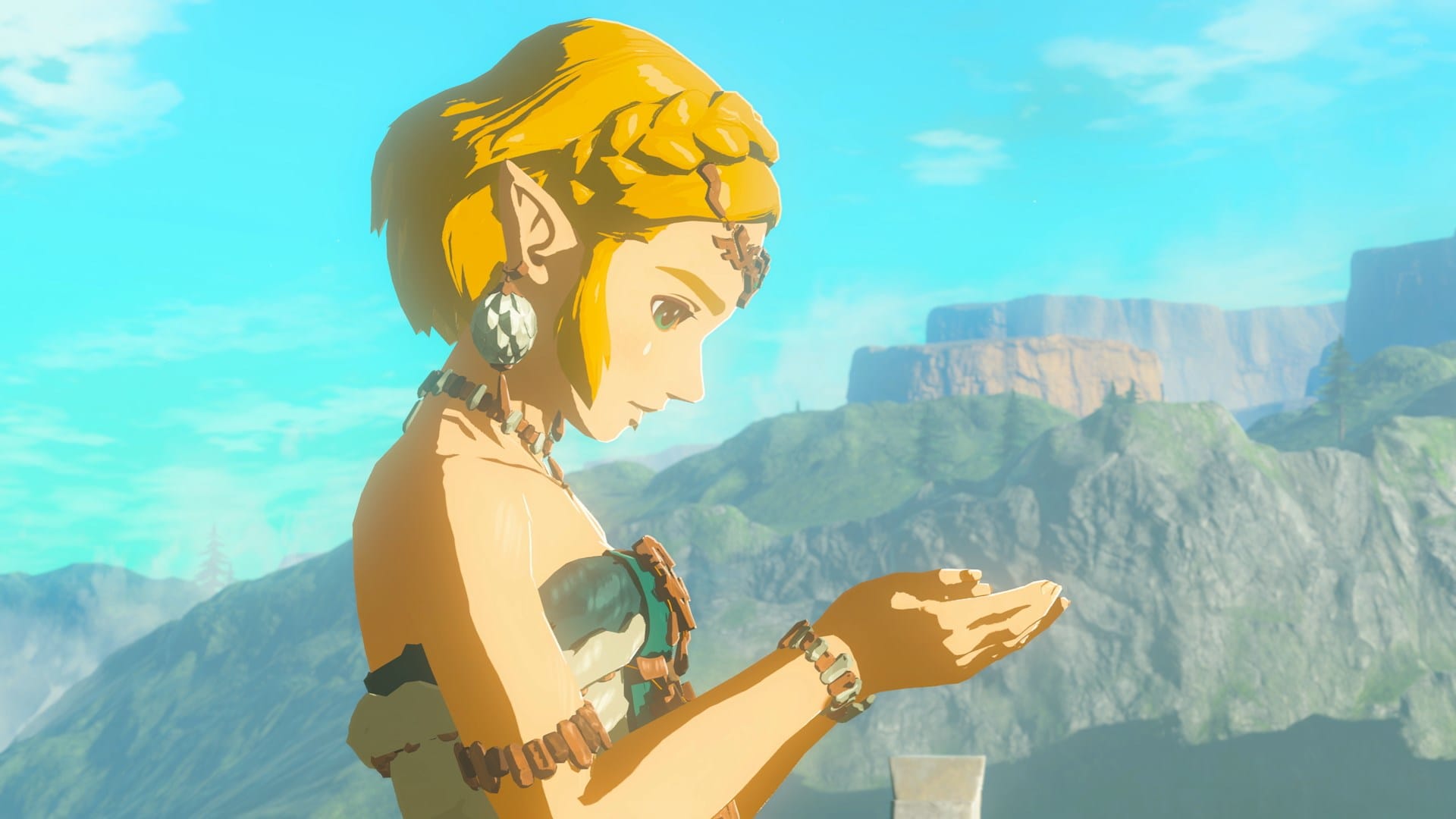
Over a year since its launch, The Legend of Zelda: Tears of the Kingdom is a rare example of a sequel that managed to invent the wheel for a second time. Where Breath of the Wild reintroduced the world to the sense of adventure that literally birthed The Legend of Zelda as we know it, Tears of the Kingdom builds upon the foundation that was laid by its predecessor and actively encourages players to go beyond the boundaries that were set in the previous title. The result is a revolutionary game that takes a familiar and well-trodden world and elevates it to - literally - new heights while similarly evoking a sense of nostalgia as players explore a world that has naturally changed with time.
My first playthrough of The Legend of Zelda: Tears of the Kingdom was truly made when I stumbled upon one of the final areas of the game by complete accident. My own story of exploring the reimagined world of Hyrule will be very different from anybody else's and these are the stories we share. These memorable moments of discovery and excitement stick with players for years after they put the game down, even more than the so-called "Legend" itself.

Link’s new abilities in Tears of the Kingdom expand the scope of puzzle-solving, with a renewed focus on physics and building. This approach to puzzle-solving is completely unique to this title and flourishes at every opportunity it gets. One particular example manages to capture this extraordinary feat in what at first appears to be something completely mundane - an unfolding bridge. Polygon has already deconstructed this (and more) impressive feats hiding in the Shrines and Dungeons of Tears of the Kingdom - and so I link to their impressive analysis here.
I wish to focus on the game's physics because I want people to know that I do find Tears of the Kingdom to be an exceptional experience when I play it. No other open-world game has captured my interest in the same way, with almost boundless potential to experiment and create solutions to the game's various open-ended problems. And it’s precisely because of this innovation that I find Tears of the Kingdom is also one of the most confusing games I’ve ever played.
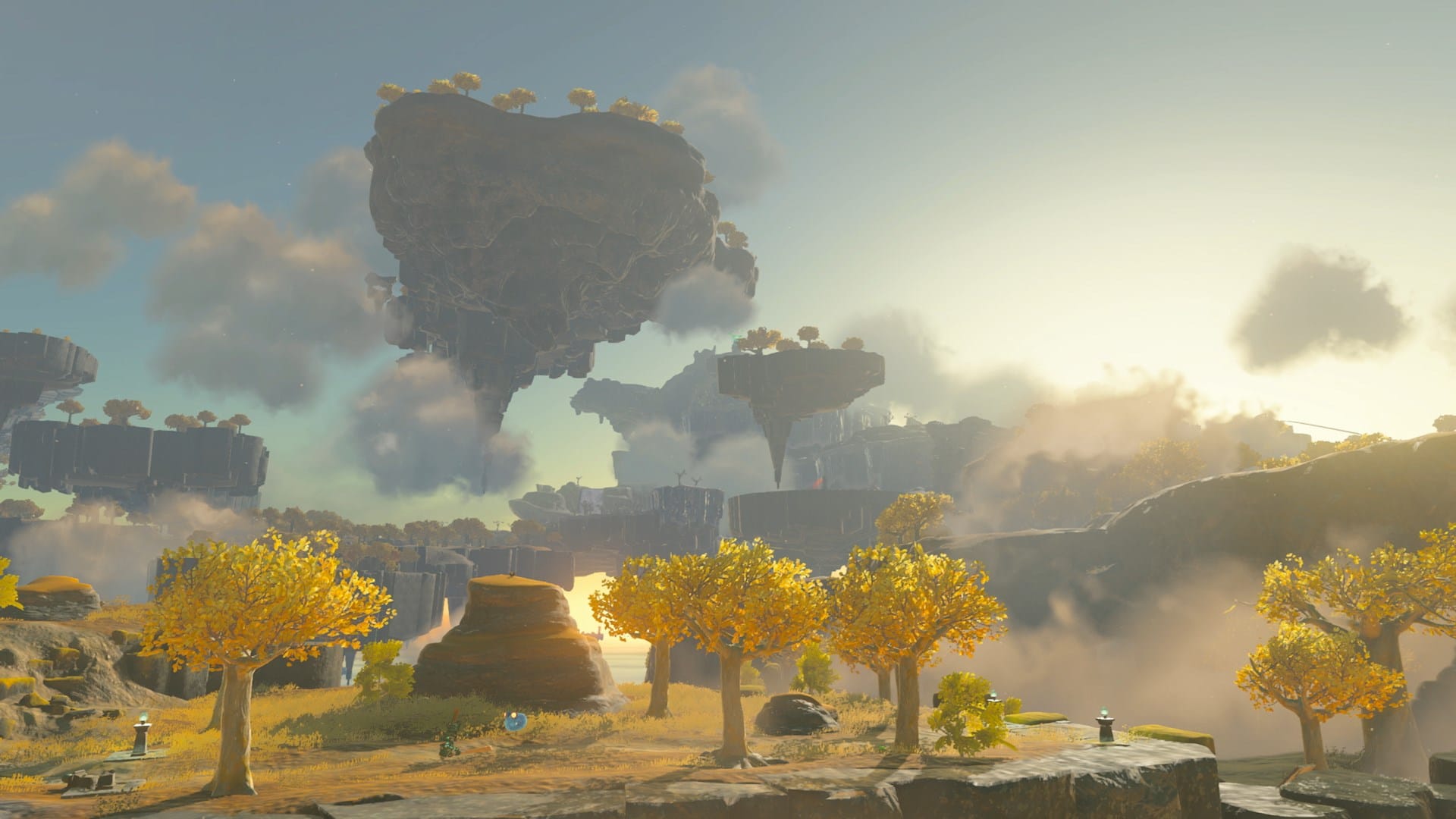
Where the gameplay (literally) soars to new heights, the story of Tears of the Kingdom is one that paradoxically represents the polar opposite, holding itself tightly to the legacy of The Legend of Zelda, at the cost of its own identity.
Leading up to the game's release, we were promised a Zelda experience unlike we'd ever had. A uniquely dark atmosphere was present all throughout the game’s marketing, with imaginations running wild about the depths to which Nintendo would go in this new entry. The image of Link losing his arm was particularly striking to veteran Zelda fans and Nintendo fans in general - not many of their characters are shown to effectively lose limbs on screen. The closest is Samus Aran and her experience with the X-Virus in 2004’s Metroid Fusion, and even this was portrayed mostly through text. Tears of the Kingdom was a new frontier for Nintendo as storytellers.
While Tears of the Kingdom manages to commit to this promise in its opening set piece - with the creative excuse of reducing Link’s health down to the classic three hearts - this promise of new ideas is quickly disposed of in light of a familiar structure and general progression that seemingly betrays the ambition that exists in the gameplay. On a surface level, Tears of the Kingdom is about metamorphosis and change. Characters we’re familiar with are distorted and changed to challenge our perception of this familiar world, exploring how these changes offer new opportunities. This extends from the large scale all the way down to the minute details. The geography of Hyrule has changed in the six years between Breath of the Wild and this game, with the addition of the Sky Islands and the Depths being the most prominent changes to the layout of the world as we know it.
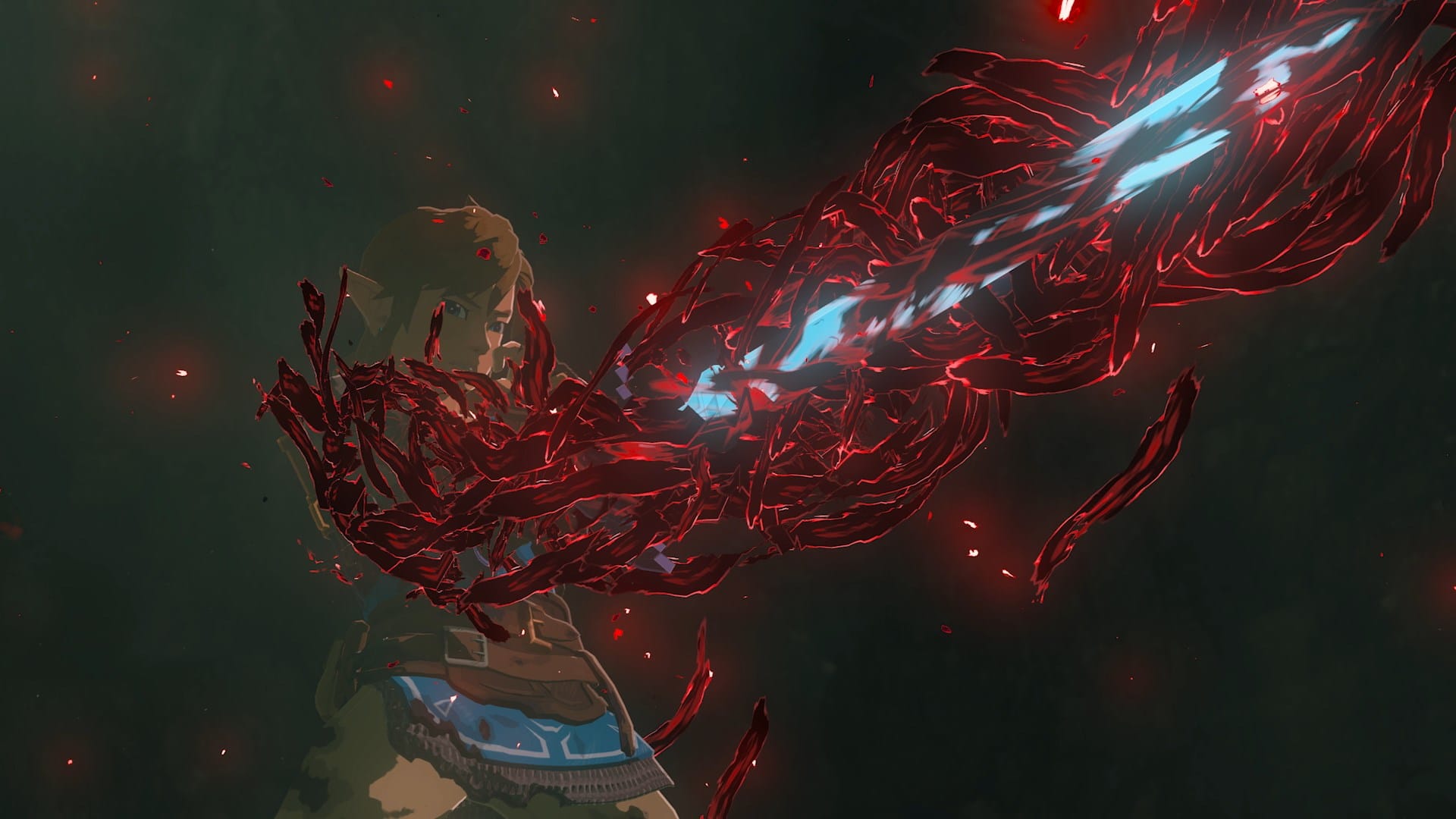
While Tears of the Kingdom manages to commit to this promise in its opening set piece - with the creative excuse of reducing Link’s health down to the classic three hearts - this promise of new ideas is quickly disposed of in light of a familiar structure and general progression that seemingly betrays the ambition that exists in the gameplay.
The addition of layered subterranean cave systems similarly adds to this sense of evolution and natural change with time. The previously desolate Tarrey Town has burgeoned into an industrial hub for Hyrule’s rapidly developing construction industry, as a direct result of Link’s efforts in the previous game. This sense of consistency and tangibility between Breath of the Wild and Tears of the Kingdom is a part of the appeal of a direct sequel like this. Players are rewarded for having engaged with the previous game with their discoveries in the sequel. Even being able to call upon the same horse as you had in Breath of the Wild is a satisfying moment of continuity that reminds you that you are returning to this world as an experienced adventurer rather than beginning all over again. Despite being lowered back down to 3 hearts, you still have some tricks you can rely on, and knowledge that you’ve gained.
These subtle but meaningful moments of continuity are then confusingly undercut in this game’s complete refusal to engage with the main narrative of the previous game. While I wouldn’t expect every shrine from the previous game to be present in this one, I was expecting an explanation as to where all these old things have gone to make room for the new. This extends more significantly to the disappearance of the Divine Beasts from Breath of the Wild. The four Divine Beasts stood as the primary objectives in the previous game and also doubled as that game’s iteration of classic Zelda dungeons. They also stood as landmarks against the natural landscapes of Hyrule, with a distinct sense of purpose and style in the areas they existed in. They’re borderline inseparable from the places where they reside, and yet they’ve seemingly vanished without any explanation. Where Divine Beast Vah Medoh used to stand above Rito Village as a guardian protector, the robotic bird is conspicuously missing and leaves a massive void in its wake.
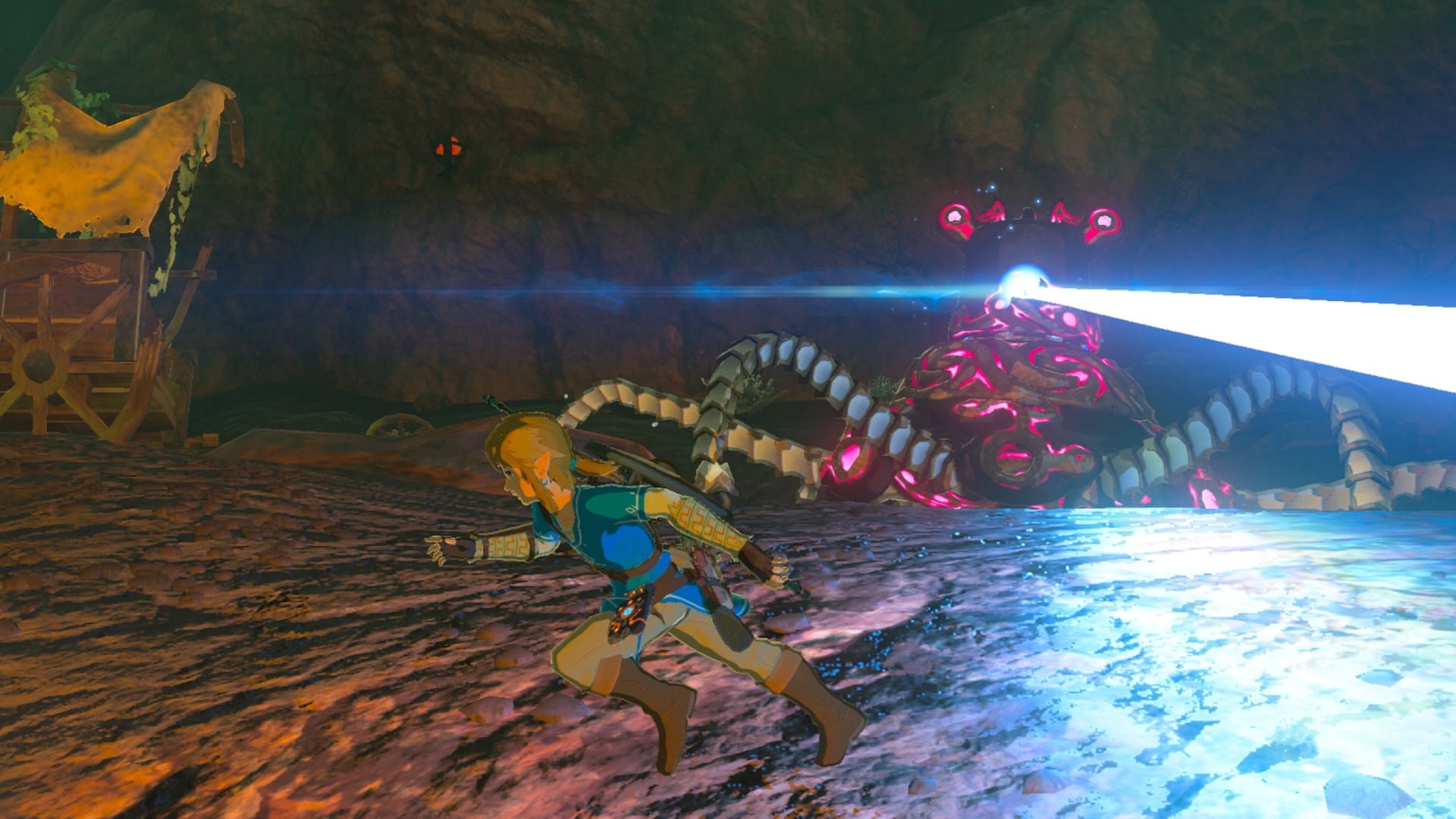
The ancient Guardians of infamy from Breath of the Wild have all but completely vanished in Tears of the Kingdom - with a single one being stapled to the top of an ancient laboratory, without any form of explanation. While it was clearly a focus not to alienate players who hadn’t played the original, there is something missing in not acknowledging the journey that most players will have been on in the previous outing. Tears of the Kingdom attempts to have it both ways and therefore succeeds on neither scale when respecting new and old players. This inconsistent approach to storytelling leads to an awkward outcome where no group of players can be fully satisfied with the way that things have been continued in this highly anticipated sequel.
Beyond the links to the original game, Tears of the Kingdom also betrays its innovative and transformative gameplay in terms of its own story above all else. Despite Link losing an arm and gaining Rauru's assistance, Mineru becoming a robot-possessing spirit and Zelda literally becoming an ancient Dragon, all of these elements are rendered moot by the end of the game. Link regains his own arm, Mineru disappears and Zelda is back to being a human again. These are pivotal moments throughout the story and are massively impactful when they happen - but I can't help thinking there should be some permanence behind these moments of sacrifice. In the case of Zelda, her decision to become the Light Dragon is one that epitomises a noble sacrifice that allows Link to take the final step to restore some semblance of order and safety to the world.
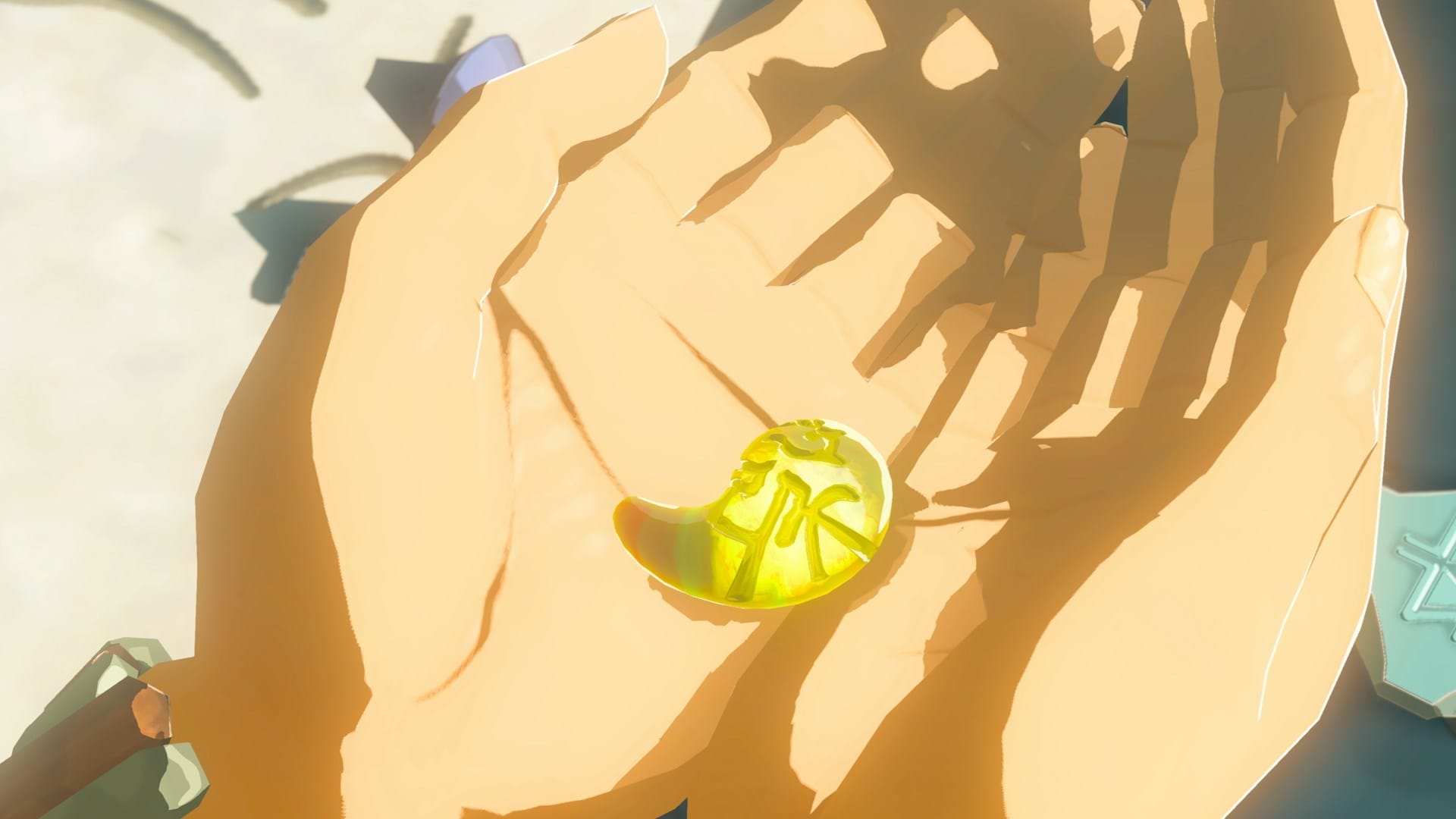
On paper, Zelda herself is left as a dragon for centuries; this moment is more than impactful on its own. So for her to be restored without much challenge by the game's end really feels like a "safe" option. Despite the time-spanning and long-reaching sacrifices that have been made to get to the end of Tears of the Kingdom, the game ends as every other - Ganondorf is defeated and peace is restored to Hyrule, with Link and Zelda standing on the other side.
Link travels to the four regions - again. Link fixes their problems - again. And then reclaims the Master Sword - again. For players jumping from Breath of the Wild, there is a recognisable formula at play that punctuates the experience with an odd sense of repetition, for a game built on avoiding linearity. Some interesting ideas and setpieces are held within a recognisable sequence that feels like it misses a beat or two through a dedication to choosing your own objectives. Open-world game design and linear stories can mix and often do so with compelling results.
This commitment to safety is prevalent to the extent that it feels like the game is actively acknowledging that the transformations that these characters undergo are harmful and the better outcome is to return to the status quo. Return to what we know instead of embracing new and exciting new opportunities - which is oddly self-fulfilling.
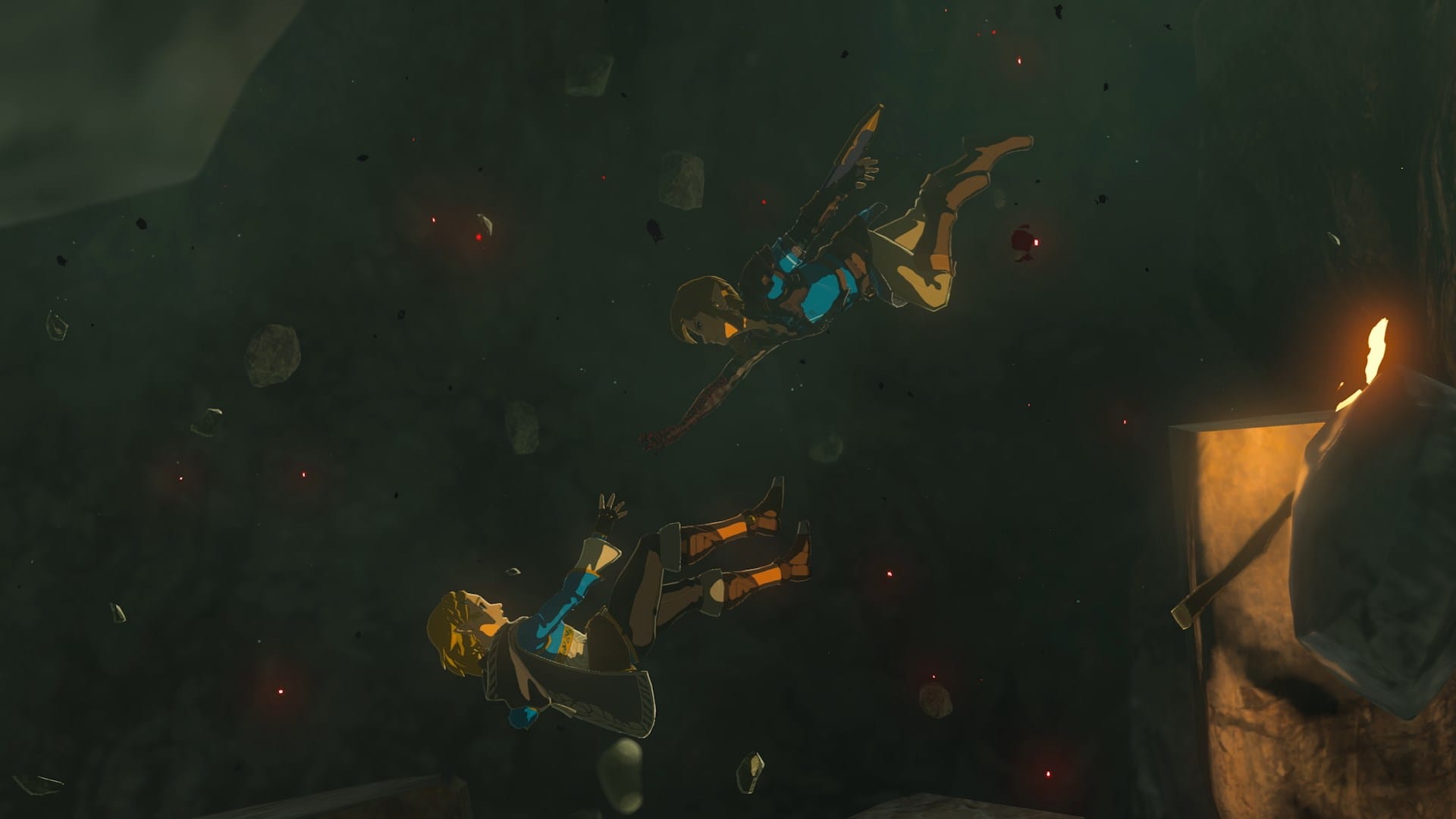
These subtle but meaningful moments of continuity are then confusingly undercut in this game’s complete refusal to engage with the main narrative of the previous game.
Herein lies the paradox at the heart of Tears of the Kingdom, and the greater trilogy that includes Breath of the Wild and Age of Calamity. Despite pushing the greater Zelda series to new heights in terms of gameplay styles and ideas, the stories are so afraid of embracing those changes to create something truly new. The transformative nature of these games and their narratives contradict themselves to create an overarching series that feels muddled and lost in its own ideas while trying to please everybody in the process. The champions die in Breath of the Wild, only for the plot of Age of Calamity to be a time travel story about helping them to survive. There's no weight.
The so-called "Legend of Zelda" has proven to be a restrictive narrative framework where each story is almost obligated to end in the same way. And while I'm not daring to say that there should be a game where Link and Zelda canonically fail in their mission - it feels like this framework is really holding Nintendo back from exploring some exciting new potential for the series and the stories that it tells.
For how wonderfully innovative the mechanics of Ultrahand, Fuse, and Recall are, they deserve a far more exciting story to be used in than something as muddled as this. When all is said and done, The Legend of Zelda: Tears of the Kingdom is a game that is far more fun to play than it is to experience, thanks to the clunkiness of the story, and that's the biggest shame of all. I can only hope that by moving beyond this iteration of Hyrule, we're able to enter a new era for the series and really see some exciting ideas emerge.
